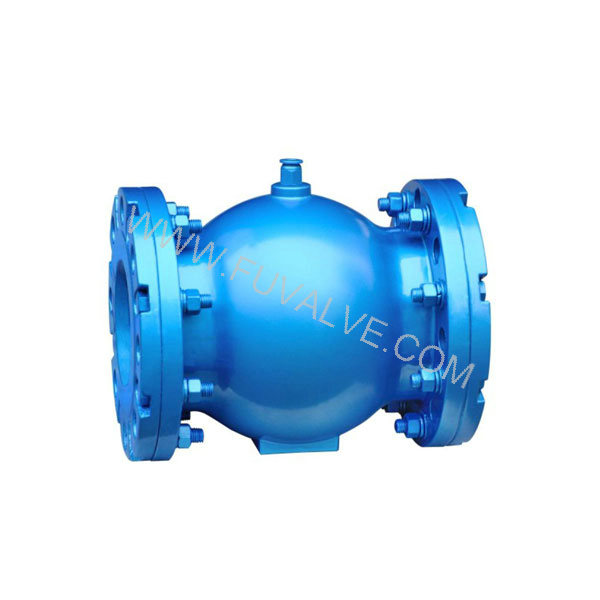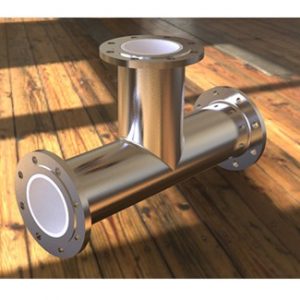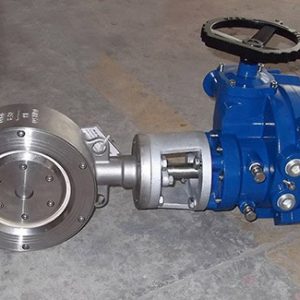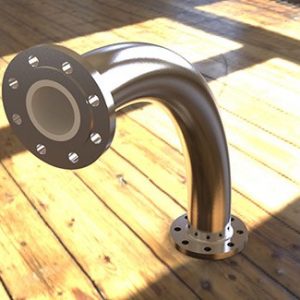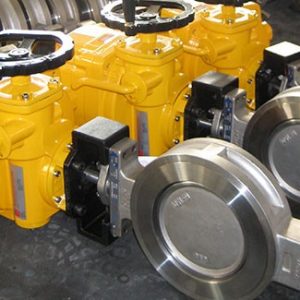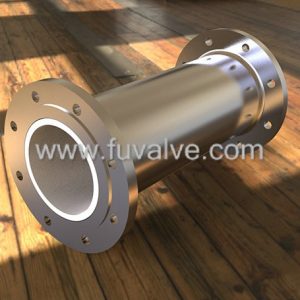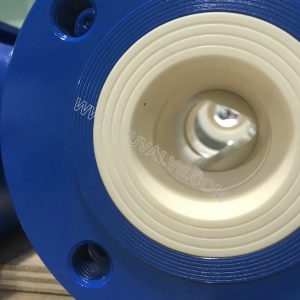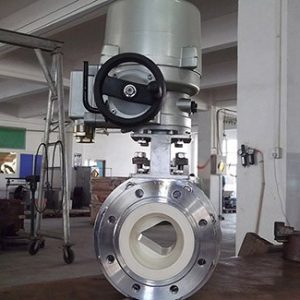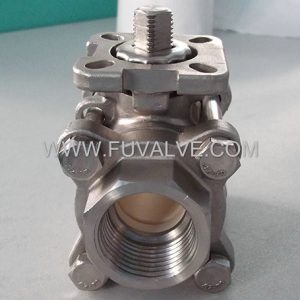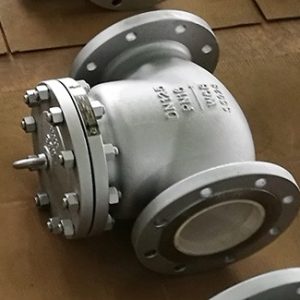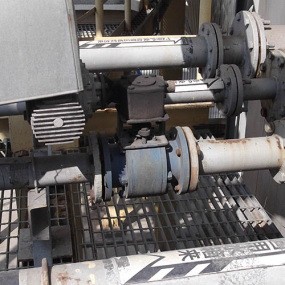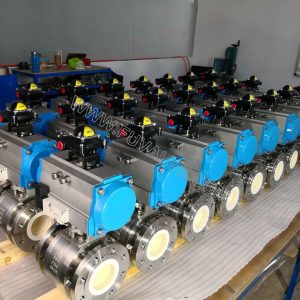Pneumatic pinch valve (GJ841X-I-6L)
- Description
- Inquiry
Pneumatic pinch valve (GJ841X-I-6L)
1.the main structuralforms:
The valve consists of body, rubber cover, cover and other parts.
2.the principle of work:
Control mediurm without input, cavity and the atmosphere between the rubber sleeve and the valve body is comrmunicated with the rubber sleeve, by fluid pressure in the outward tension state. Because the sleeve pipe with reinforcing ply angle arrangement,the tube axial and radial pressure balance each other,so the sleeve length and diameter not because of fluid pressure changes.When the control medium enters into the cavity between the sleeve and the valve body, the closure rubber sleeve deformation under pressure in the medium.
3.installation and maintenance:
The valve in the pipe installation without any restrictions, the flow direction of medium.
The valve maintenance costs low,only according to the actual usage to replace the rubber sleeves.
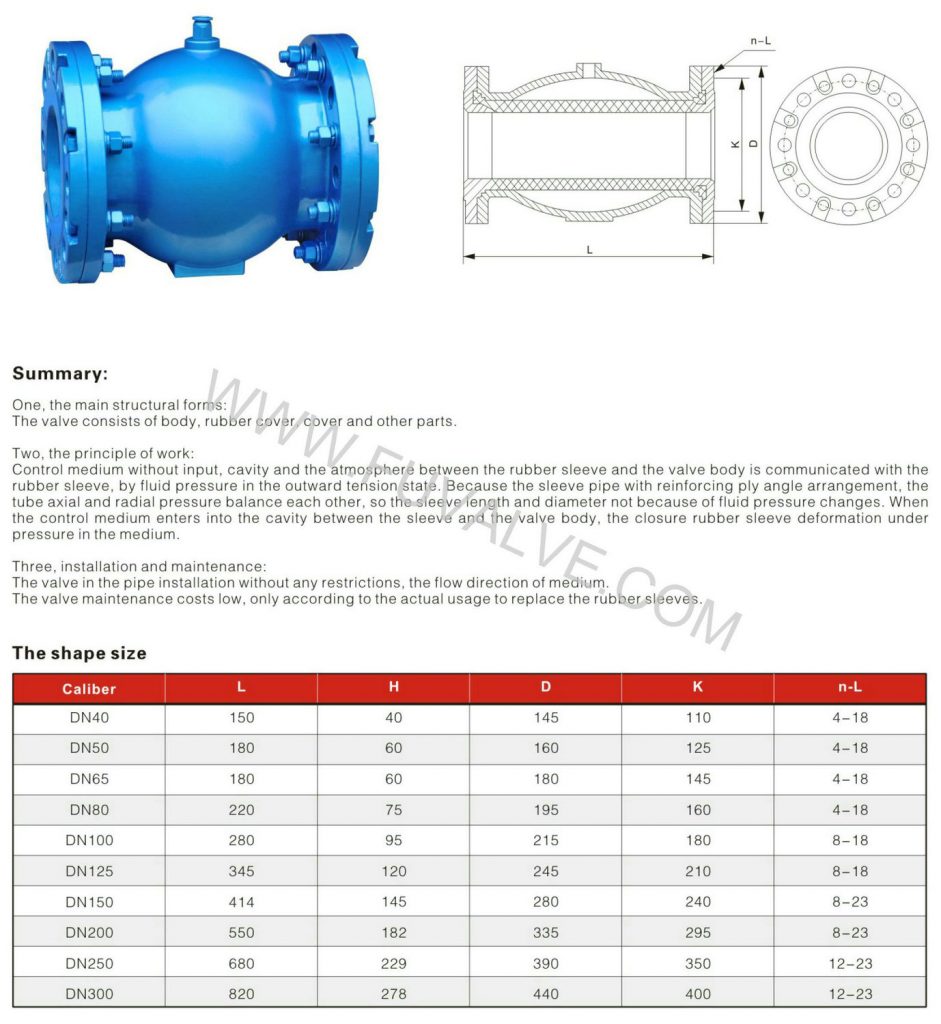
Pneumatic Pinch valve (GJ841X-I-6L) is a valve comprising a flexible tube, either exposed or enclosed in a body. The tube is pinched to close mechanically or by application of fluid pressure in the body.
The “working” element of a pinch valve, also known as a clamp valve, is an elastomeric tube or sleeve which can be squeezed at its mid-section by some mechanical system until ultimately the tube walls are pinched or clamped together producing full closure of the flow path.
In its simplest form it can consist merely of a length of elastomeric tube fitted with a pinch bar mechanism incorporating a closure stop to prevent over-pinching of the tube. More usually the moulded rubber tube is housed in a metal body which also incorporates the pinching mechanism. This can be a simple screw-operated mechanism, where the pinch is applied only to one side of the tube, or a differential screw controlling two pinching mechanisms working in vertical opposition. The latter produces lower-stress working of the tube.
Other types of pinch valves dispose with mechanical mechanisms entirely, the tube being squeezed shut by air or hydraulic pressure injected directly into the body of the valve.

